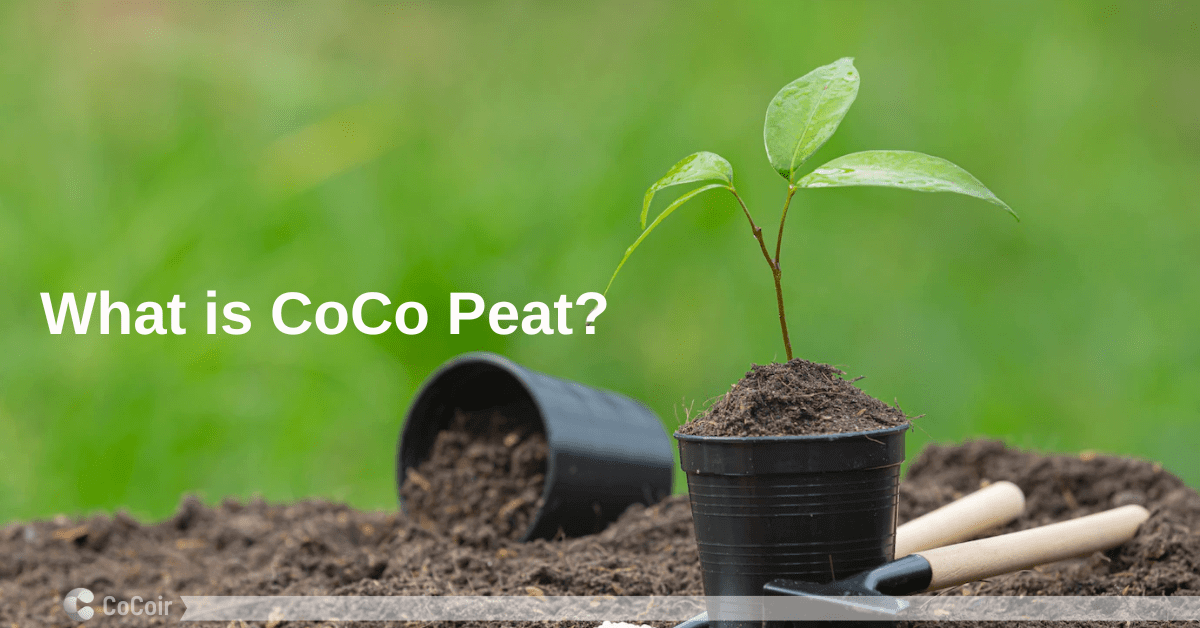Coco peat, also known as coir pith or coco coir, has become a favorite choice among gardeners, hydroponic enthusiasts, and landscapers due to its reputation as an eco-friendly and sustainable growing medium. Derived from the fibrous husks of coconuts, coco peat is celebrated for its high water retention, natural pH balance, and biodegradability. Many plant growers have found coco peat beneficial for promoting healthier, stronger plants and maintaining moisture in their growing setups.
However, coco peat isn’t a perfect solution for every gardener or plant. Despite its popularity, it comes with several challenges that can impact plant health, increase costs, and create environmental concerns.

Coco peat is a byproduct of coconut processing, specifically from the coconut husk. When coconuts are harvested, the fibrous husk is removed and often discarded or left as waste. This husk is then processed to create coco coir, with coco peat as a fine, dust-like material that results from the breakdown of the coir fibers.
Unlike traditional soil, coco peat has a fluffy, light texture and is highly absorbent, retaining up to ten times its weight in water. This moisture retention makes it ideal for use in dry climates and in plants that require consistent moisture levels. Coco peat is also pH neutral, which means it doesn’t typically alter the soil’s pH and is less likely to cause nutrient lockout, making it popular in both soil and soilless gardening setups.
Production Process
The production of coco peat involves several steps. First, coconut husks are soaked and processed to separate the fibers, which are then dried. After drying, the material is sieved to remove larger particles, creating the fine texture that characterizes coco peat. However, due to its origin, coco peat retains a natural salt content, which can be high depending on where the coconuts were grown. As a result, manufacturers often wash and buffer coco peat before selling it to reduce this salt content, though not all products go through the same rigorous washing processes.
Common Uses of Coco Peat
Coco peat has found various applications across gardening, landscaping, and agriculture:
- Growing Medium in Hydroponics: Coco peat is widely used as a substrate in hydroponic systems due to its water retention capabilities and neutral pH, helping to keep roots moist and healthy.
- Soil Amendment: Coco peat is commonly mixed with traditional soil to improve water retention, aeration, and soil structure. This is especially helpful in sandy soils where water drainage is high.
- Seed Starting: Coco peat is often used as a seed starter due to its moisture-holding capacity, which supports early plant growth and reduces the risk of seeds drying out.
- Potting Mixes: Mixed with other components like perlite, compost, or peat moss, coco peat serves as a base in many potting mixes, especially for plants requiring moderate moisture.
While coco peat provides unique benefits, using it exclusively or without understanding its limitations can lead to plant health issues and additional costs. Let’s look at these disadvantages of coco peat in more detail to understand where it may fall short in practical applications.


